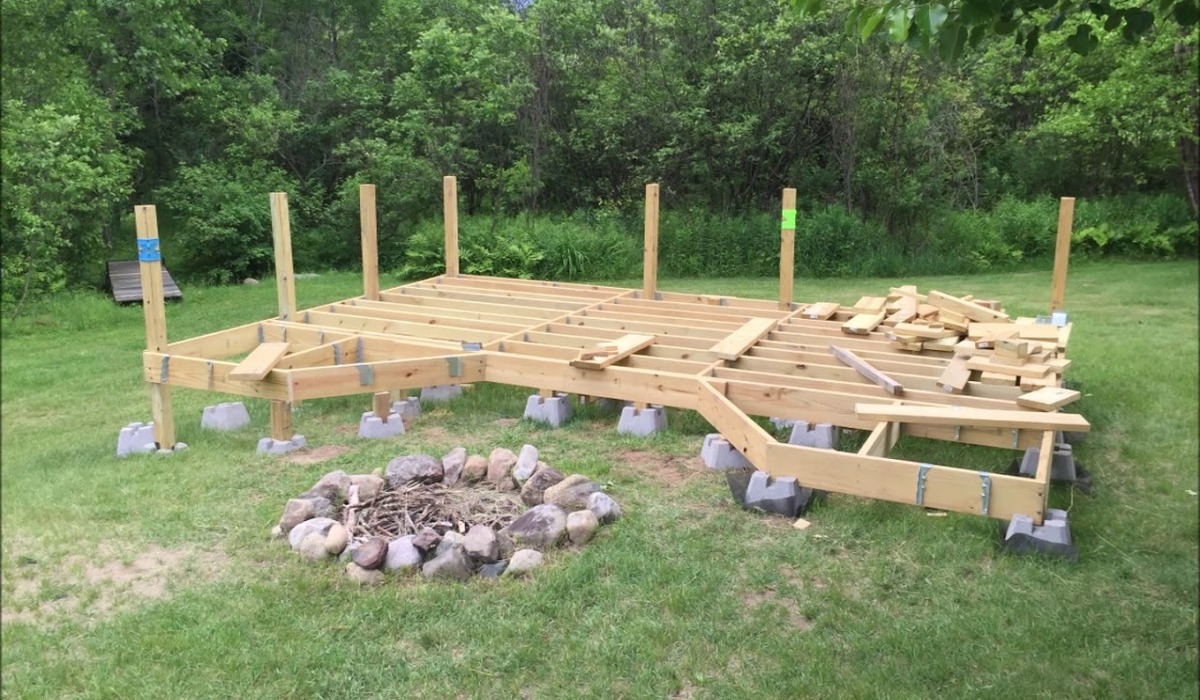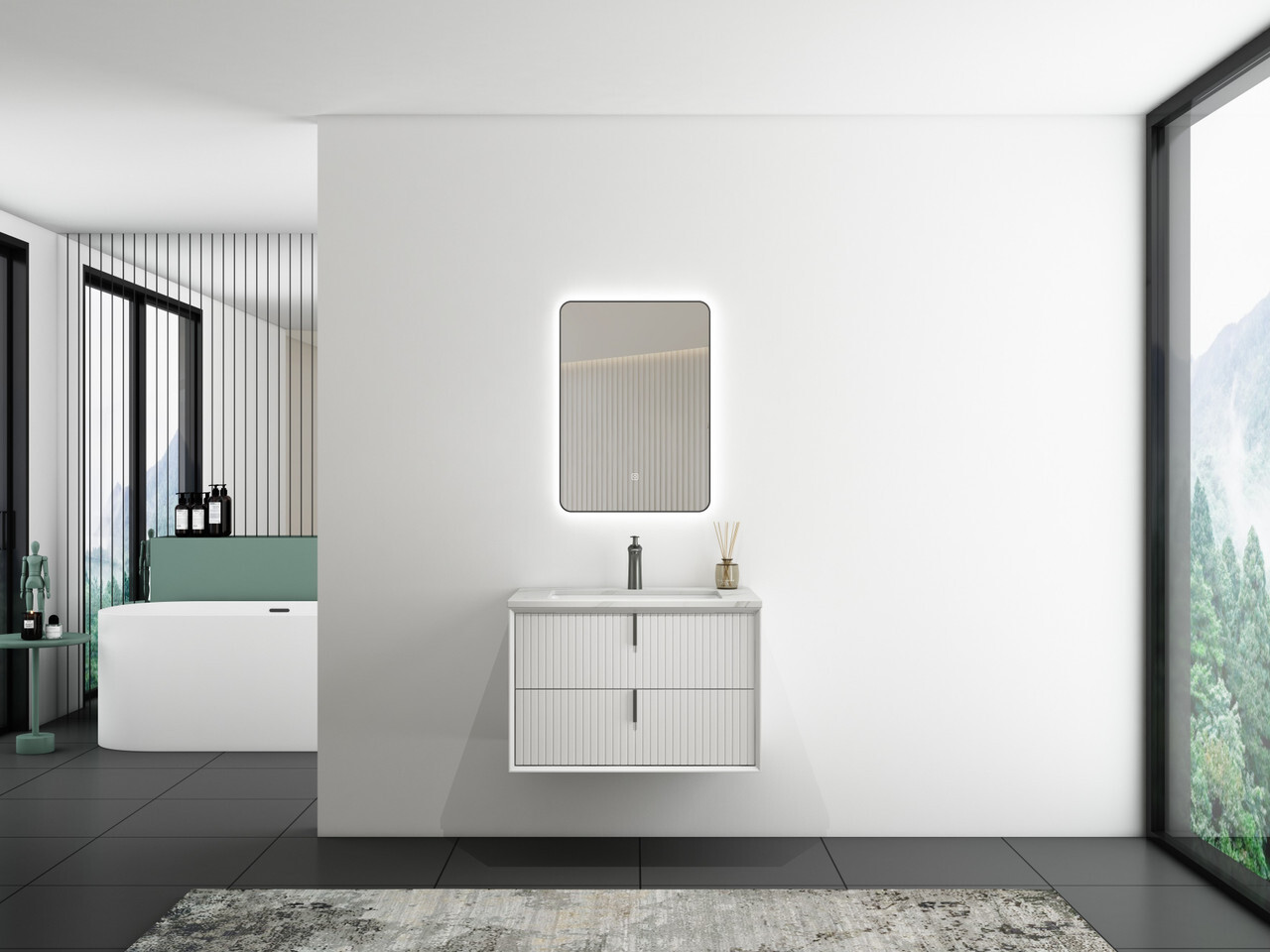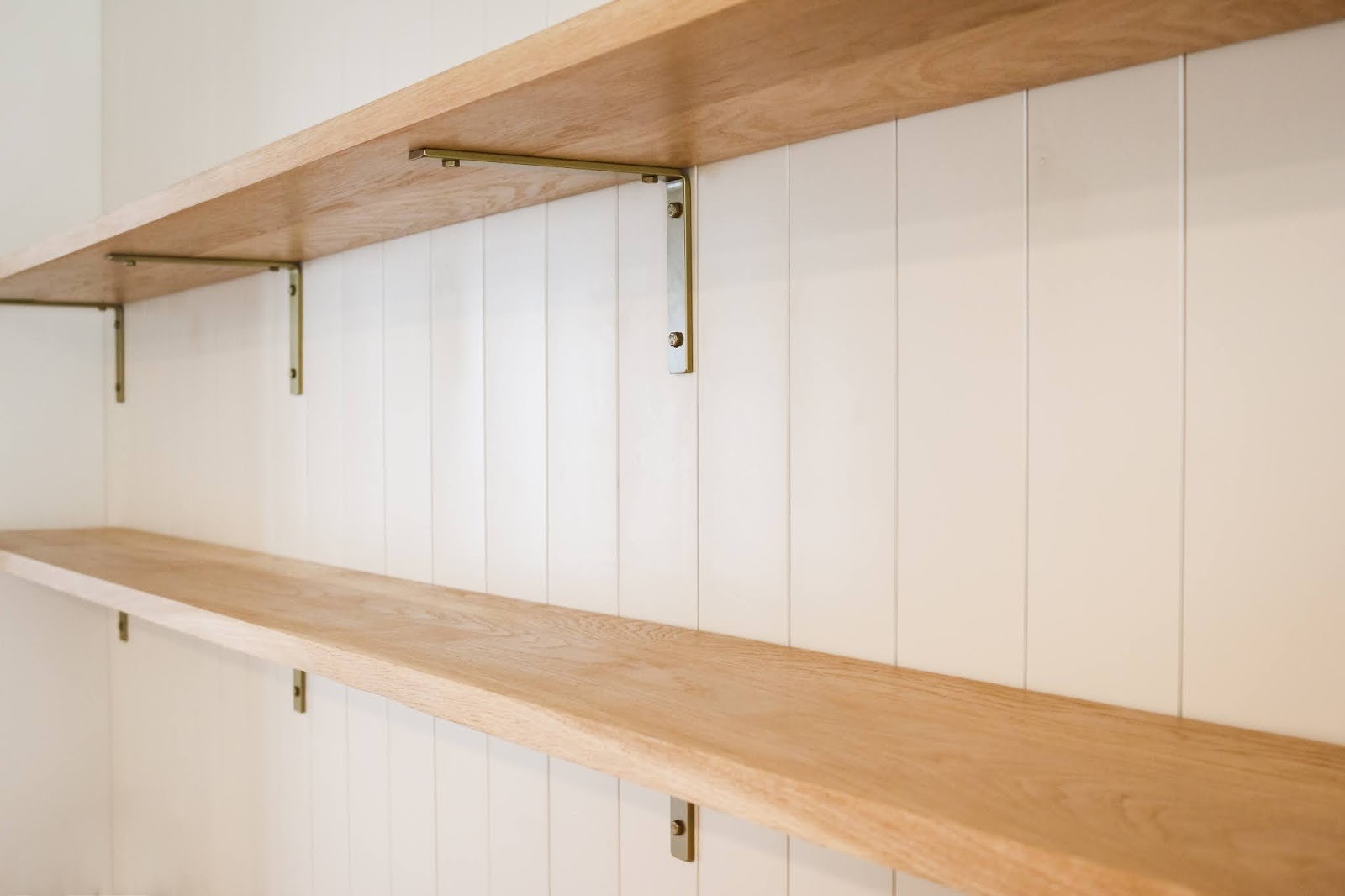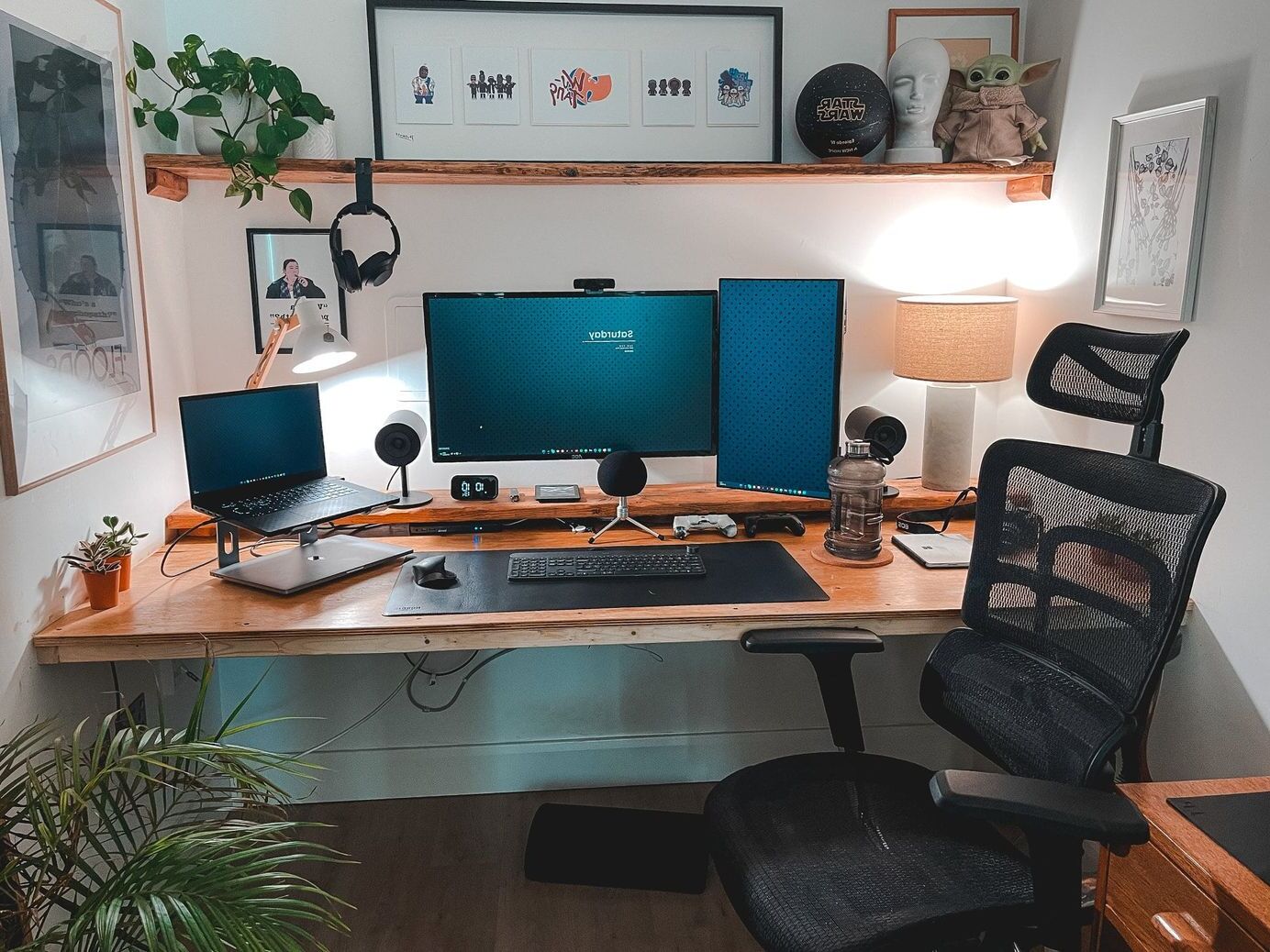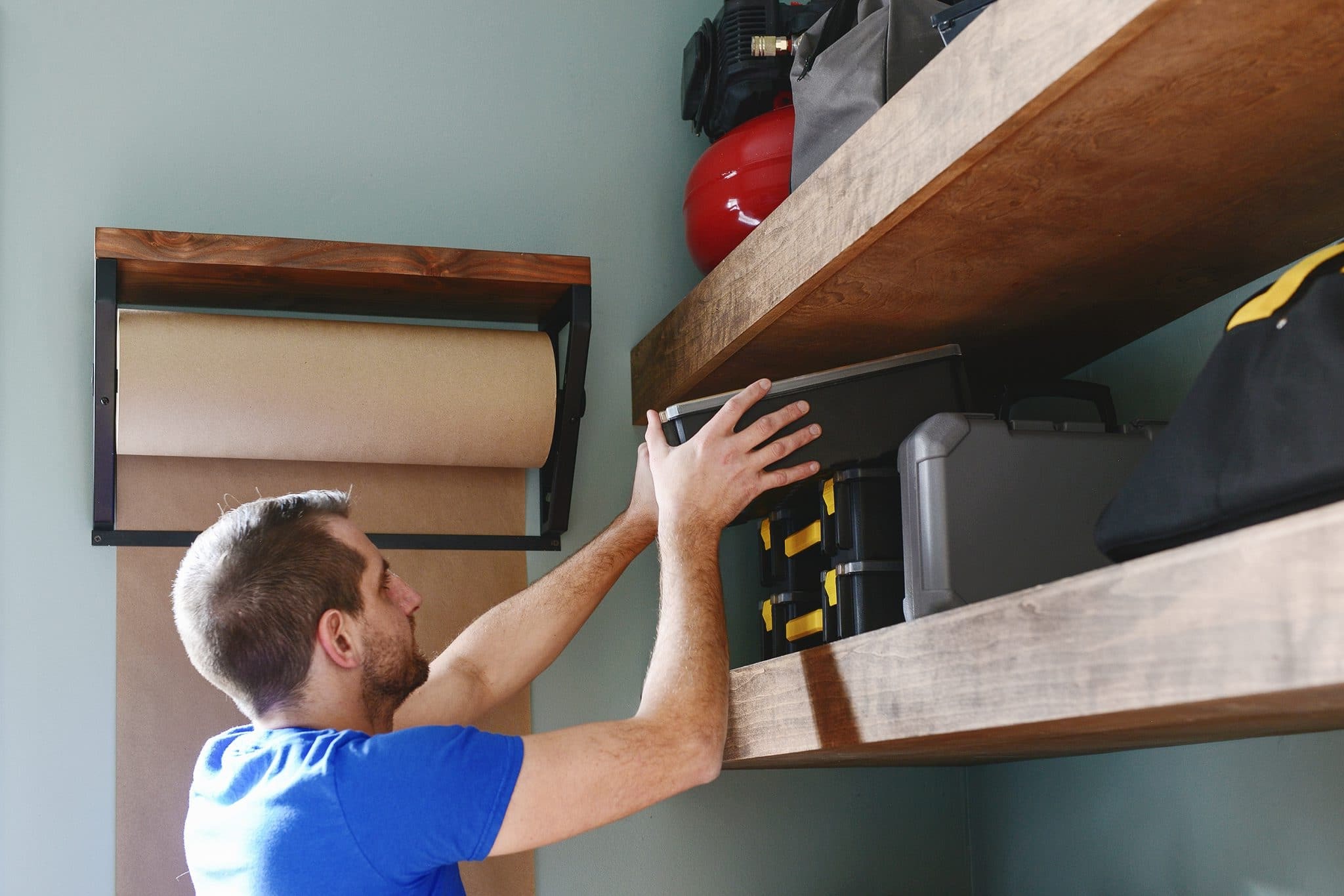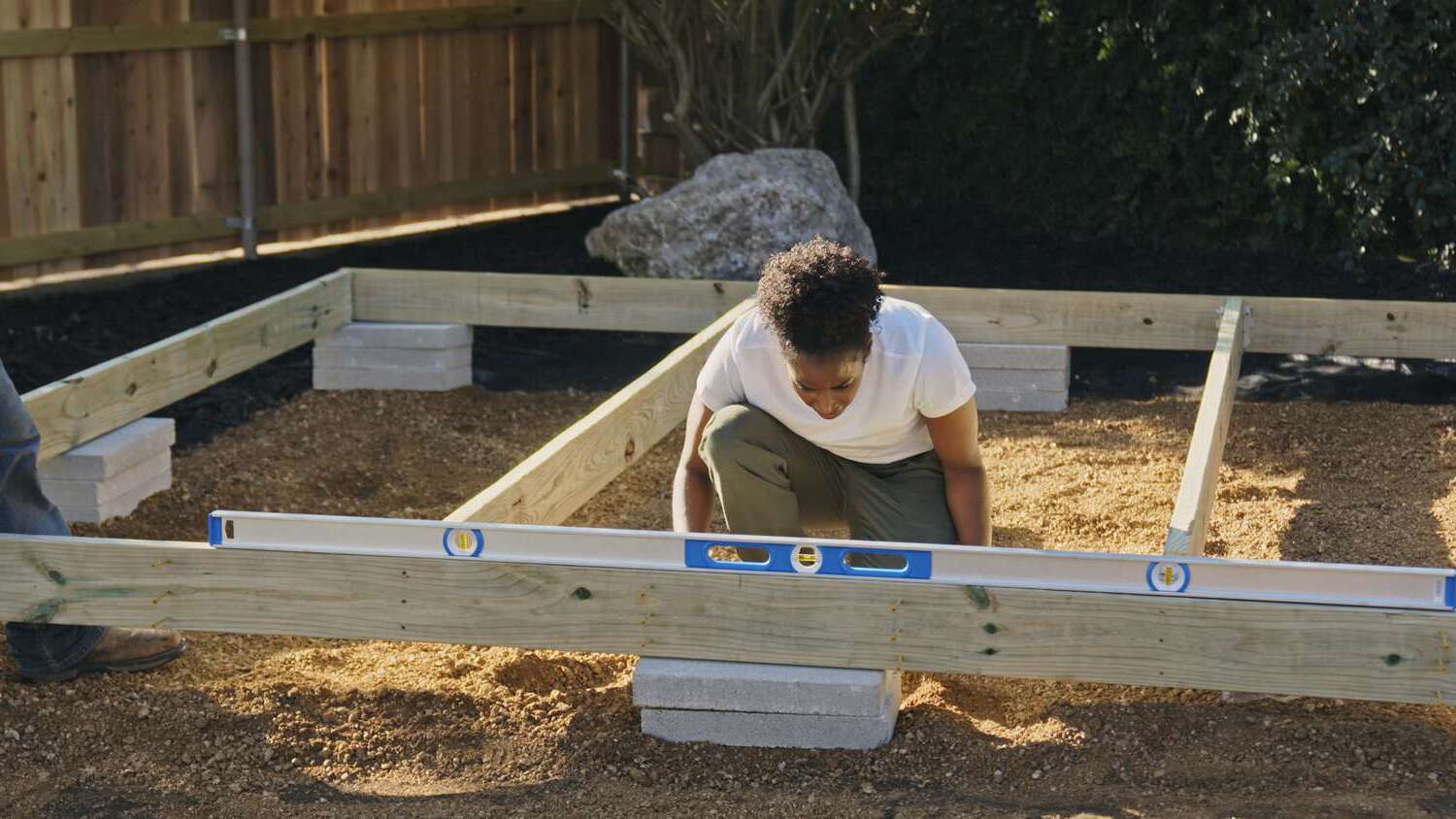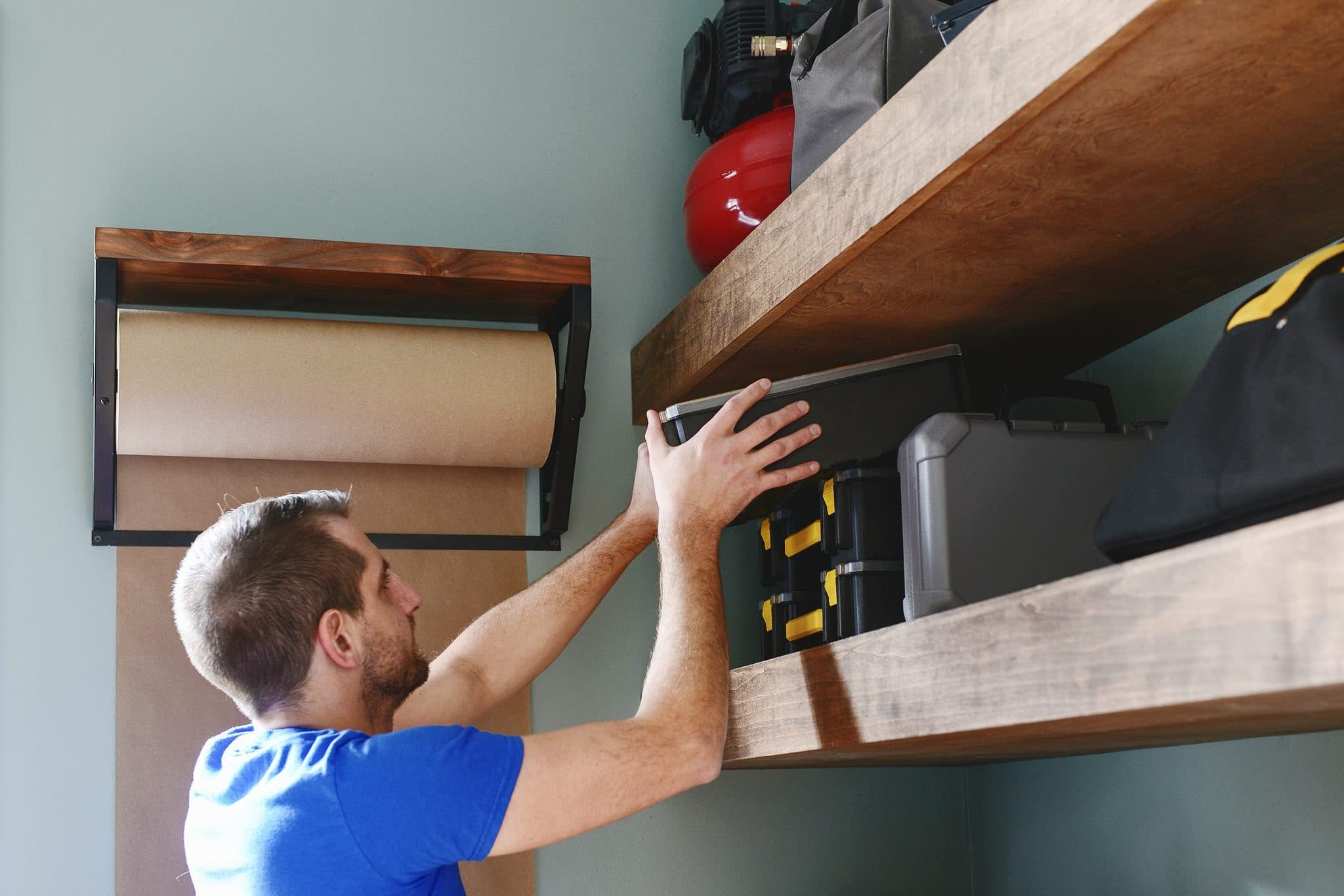Home>Create & Decorate>DIY & Crafts>How To Build A Floating Dock
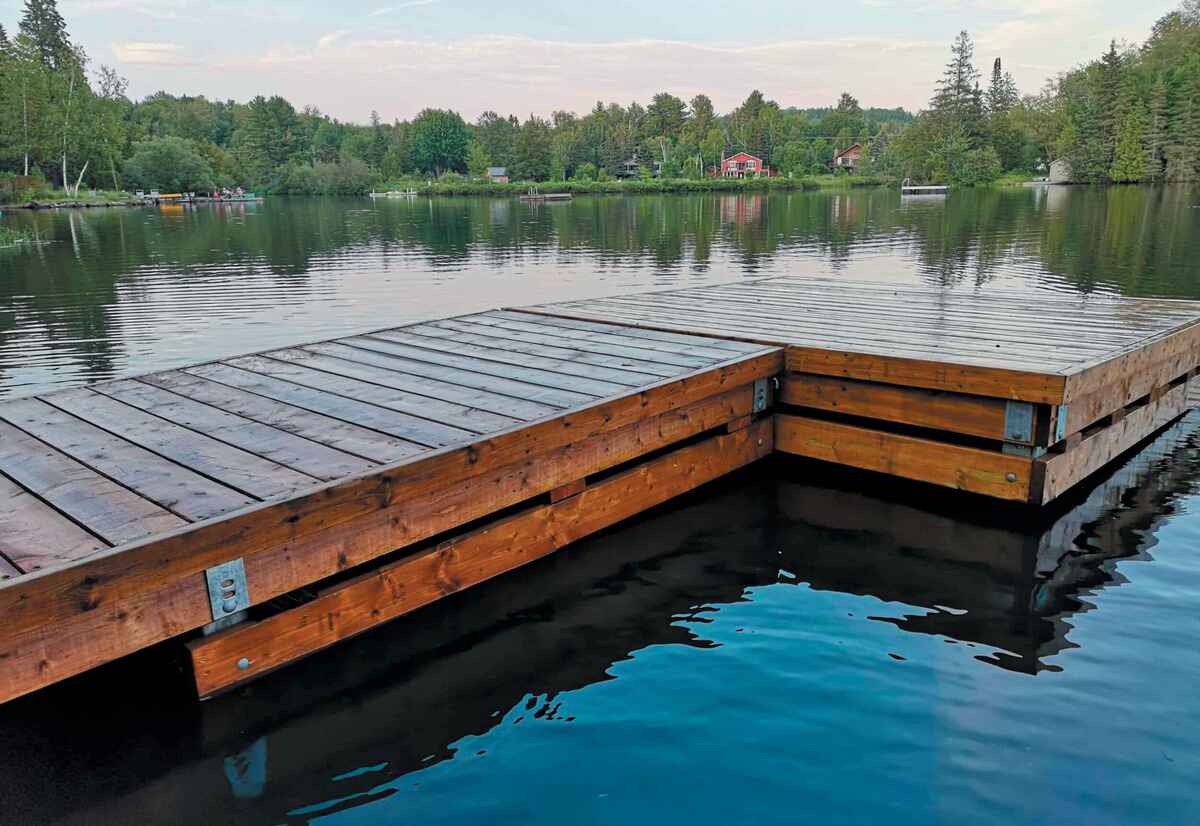

DIY & Crafts
How To Build A Floating Dock
Published: April 23, 2024

Senior Editor in Create & Decorate, Kathryn combines traditional craftsmanship with contemporary trends. Her background in textile design and commitment to sustainable crafts inspire both content and community.
Learn how to build a floating dock with our easy DIY & Crafts guide. Create your own waterfront oasis with step-by-step instructions.
(Many of the links in this article redirect to a specific reviewed product. Your purchase of these products through affiliate links helps to generate commission for Twigandthistle.com, at no extra cost. Learn more)
Introduction
So, you've got a picturesque waterfront property and you're dreaming of building a floating dock to make the most of it. Whether you want to create a spot for fishing, sunbathing, or docking your boat, a floating dock can be a fantastic addition to your waterfront oasis. But where do you start? Don't worry, we've got you covered. In this guide, we'll walk you through the step-by-step process of building your very own floating dock. From choosing the right materials to installing the anchoring system, we'll provide you with all the information you need to bring your vision to life. Let's dive in and get started on this exciting DIY project!
Read more: How To Build A Dock
Choosing the Right Materials
When it comes to building a sturdy and durable floating dock, selecting the right materials is crucial. Here's what you'll need:
1. Pressure-Treated Lumber
Opt for pressure-treated lumber as it is resistant to rot and decay, making it ideal for prolonged exposure to water. Look for high-quality, marine-grade lumber to ensure longevity and structural integrity.
2. Galvanized Hardware
Choose galvanized or stainless steel hardware to prevent corrosion and rust, which can compromise the dock's stability. Bolts, screws, and brackets should all be corrosion-resistant to withstand the water's corrosive effects.
3. Dock Floats
Select dock floats that are designed to support the anticipated weight of your dock. Whether you choose foam-filled or encapsulated floats, ensure they are durable and capable of providing sufficient buoyancy.
Read more: How To Build A Pond Dock
4. Decking Material
Opt for decking material that can withstand constant exposure to moisture and sunlight. Pressure-treated wood, composite decking, or PVC decking are popular choices for their durability and low maintenance requirements.
5. Anchoring System
Consider the type of anchoring system suitable for your waterfront location. This may include pilings, augers, or concrete blocks, depending on the water depth and bottom conditions.
By carefully selecting the right materials, you can ensure that your floating dock is built to withstand the elements and provide years of enjoyment.
Designing the Floating Dock
Designing your floating dock is a crucial step that sets the foundation for the entire construction process. Here's what you need to consider when designing your floating dock:
-
Size and Layout: Determine the size and layout of your floating dock based on your specific needs and the available space. Consider the activities you intend to enjoy on the dock, such as fishing, lounging, or boat docking. Additionally, factor in the dimensions of your waterfront area to ensure the dock fits comfortably within the designated space.
-
Access Points: Plan for easy access to the dock from the shore. Consider incorporating ramps, gangways, or stairs to provide convenient entry and exit points for users. Accessibility is key to ensuring that the dock is user-friendly for everyone.
-
Safety Features: Prioritize safety by including features such as handrails, cleats for securing boats, and non-slip decking material. Safety should be a primary consideration in the design to prevent accidents and ensure a secure environment for all dock users.
-
Aesthetics: Consider the visual appeal of the dock and how it complements the surrounding landscape. Choose a design that enhances the beauty of the waterfront while reflecting your personal style and preferences.
-
Permitting and Regulations: Before finalizing your design, familiarize yourself with local regulations and permitting requirements for building a floating dock. Ensure that your design complies with any applicable guidelines to avoid potential legal issues in the future.
By carefully planning and designing your floating dock, you can create a functional, safe, and visually appealing structure that enhances your waterfront property. Once you have a well-thought-out design, you'll be ready to move on to the next steps of the construction process.
Constructing the Frame
Constructing the frame of your floating dock is a critical step that forms the structural backbone of the entire dock. Follow these steps to build a sturdy and reliable frame:
-
Measure and Mark: Begin by measuring and marking the layout of the dock on the water. Use ropes and stakes to outline the perimeter of the dock, ensuring that it is square and properly aligned with the shore.
-
Assemble the Frame: Use pressure-treated lumber to construct the frame of the dock. Begin by assembling the outer perimeter using beams and joists, securing them with galvanized hardware. Ensure that the frame is level and square to maintain structural integrity.
-
Cross-Bracing: Install cross-bracing within the frame to provide additional stability and prevent lateral movement. Diagonal braces can be added to reinforce the frame and minimize sway, especially in areas with water currents or boat traffic.
-
Attach Floatation Devices: Once the frame is assembled, attach the selected floatation devices to the underside of the frame. Ensure that the floats are evenly distributed to provide balanced buoyancy and support the weight of the dock.
-
Deck Support: Install additional joists and supports within the frame to provide adequate support for the decking material. Proper spacing of the supports is essential to prevent sagging and ensure a solid foundation for the deck.
-
Inspect and Reinforce: Thoroughly inspect the completed frame for any signs of weakness or instability. Reinforce any areas that may require additional support to ensure the overall strength and durability of the frame.
By following these steps, you can construct a robust frame that forms the basis of your floating dock. A well-built frame is essential for the structural integrity of the dock and lays the groundwork for the next phases of construction.
Read more: How To Build A Floating Deck
Attaching the Decking
Attaching the decking is a crucial step in the construction of your floating dock, as it not only enhances the visual appeal of the structure but also provides a functional surface for various activities. Here's how to effectively attach the decking to your floating dock frame:
-
Selecting the Decking Material: Choose a decking material that is well-suited for the marine environment. Pressure-treated wood, composite decking, or PVC decking are popular choices due to their durability and resistance to moisture and UV exposure.
-
Preparation and Placement: Before attaching the decking, ensure that the frame is clean, dry, and free of any debris. Place the decking boards perpendicular to the joists, allowing for proper drainage and airflow to prevent moisture buildup.
-
Fastening the Decking: Use corrosion-resistant screws or nails to fasten the decking to the frame. Ensure that the fasteners penetrate the decking and securely anchor it to the frame, providing a stable and secure walking surface.
-
Spacing and Alignment: Maintain consistent spacing between the decking boards to allow for expansion and contraction due to temperature and humidity changes. Use spacers to achieve uniform spacing and ensure a visually appealing deck surface.
-
Trimming and Finishing: Trim any excess length from the decking boards to achieve a neat and uniform edge. Consider adding trim boards or fascia to provide a finished look and protect the exposed edges of the decking.
-
Sealing and Maintenance: If using natural wood decking, consider applying a protective sealant to enhance its longevity and resistance to water damage. Additionally, establish a regular maintenance schedule to clean, inspect, and reseal the decking as needed to preserve its appearance and structural integrity.
By following these steps, you can effectively attach the decking to your floating dock, creating a durable, visually appealing, and functional surface for enjoying waterfront activities. A well-installed decking not only enhances the overall aesthetics of the dock but also contributes to its long-term durability and performance.
Adding the Floatation Devices
Adding the floatation devices is a critical step in the construction of a floating dock, as they provide the necessary buoyancy to keep the dock afloat. Here's a detailed guide on how to effectively add floatation devices to your floating dock:
-
Selecting the Floats: Begin by selecting the appropriate floatation devices based on the size and weight capacity of your floating dock. Foam-filled floats and encapsulated floats are common options, each offering specific benefits in terms of buoyancy and durability. Ensure that the chosen floats are designed to withstand constant exposure to water and support the anticipated weight of the dock.
-
Positioning the Floats: Once you have the floats, position them evenly beneath the frame of the dock. Distribute the floats in a manner that provides balanced buoyancy and prevents any tilting or instability. Secure the floats to the frame using galvanized hardware, ensuring a strong and reliable attachment.
-
Securing the Floats: Use straps or brackets to secure the floats to the frame, minimizing any potential movement or shifting. Properly securing the floats is essential to maintain the stability and integrity of the dock, especially during varying water conditions and usage.
-
Ensuring Even Weight Distribution: Verify that the floats are positioned to evenly distribute the weight of the dock, accounting for any anticipated loads such as people, furniture, or boats. Balanced weight distribution is crucial for maintaining the dock's level position and preventing excessive stress on individual floats.
-
Inspecting for Leaks or Damage: Thoroughly inspect the floats for any signs of leaks, damage, or deterioration. Address any issues promptly to prevent compromising the buoyancy and stability of the dock. Regular inspections and maintenance of the floats are essential for ensuring their long-term effectiveness.
-
Testing the Buoyancy: Once the floats are installed, conduct a buoyancy test to ensure that the dock remains afloat and level when subjected to the anticipated loads. Make any necessary adjustments to the positioning or attachment of the floats to achieve optimal buoyancy and stability.
By following these steps, you can effectively add floatation devices to your floating dock, ensuring that it remains buoyant and stable in the water. Proper installation and maintenance of the floats are essential for the overall safety and performance of the floating dock, providing a reliable platform for waterfront activities.
Installing the Anchoring System
The anchoring system is a crucial component of a floating dock, as it ensures that the dock remains securely in place despite water currents, wind, and varying water levels. Here's a detailed guide on how to effectively install the anchoring system for your floating dock:
-
Assessing Water Depth and Bottom Conditions: Begin by assessing the water depth and bottom conditions at the intended location for the floating dock. Determine the type of anchoring system that is suitable for the specific water depth, whether it be pilings, augers, or concrete blocks. Additionally, consider the composition of the bottom, such as mud, sand, or rock, to select the appropriate anchoring method.
-
Selecting the Anchoring Method: Based on the assessment of water depth and bottom conditions, choose the most suitable anchoring method for your floating dock. For shallow water with a soft bottom, auger-style anchors may be ideal, while deeper water or rocky bottoms may require driven pilings or concrete block anchors. Ensure that the selected method is compatible with the anticipated loads and environmental conditions.
-
Positioning and Marking Anchor Locations: Once the anchoring method is determined, position and mark the locations for the anchors around the perimeter of the dock. Use ropes, buoys, or stakes to outline the placement of the anchors, ensuring that they are evenly distributed to provide balanced support for the dock.
-
Installing the Anchors: Depending on the chosen anchoring method, proceed with the installation of the anchors. For pilings, use a pile driver or auger to securely drive the pilings into the bottom at the marked locations. For auger-style anchors, use a power auger to drill them into the bottom to the recommended depth. Concrete block anchors can be lowered and positioned using a boat or barge, ensuring that they are securely placed on the bottom.
-
Securing the Dock to the Anchors: Once the anchors are installed, secure the dock to the anchors using appropriate hardware such as chains, cables, or ropes. Ensure that the connections are strong and reliable, capable of withstanding the forces exerted on the dock by wind, waves, and boat traffic.
-
Testing and Adjusting: After securing the dock to the anchors, conduct a thorough test to ensure that the anchoring system effectively holds the dock in place. Subject the dock to varying water levels, currents, and external forces to verify the stability and reliability of the anchors. Make any necessary adjustments to the anchoring system to optimize its performance and ensure the dock remains securely anchored.
By following these steps, you can effectively install an anchoring system for your floating dock, providing the necessary stability and security to withstand the dynamic forces of the water. A well-installed anchoring system is essential for maintaining the position and integrity of the floating dock, ensuring a safe and reliable waterfront structure.
Conclusion
Congratulations! You've successfully navigated through the process of building your very own floating dock. From selecting the right materials to designing the dock, constructing the frame, attaching the decking, adding floatation devices, and installing the anchoring system, you've tackled each step with determination and skill. Now, as you stand back and admire your handiwork, envision the countless memories and enjoyable moments that await on your newly constructed floating dock. Whether it's casting a line for a leisurely fishing session, basking in the sun's warmth, or simply savoring the tranquil beauty of the waterfront, your floating dock stands ready to fulfill its purpose.
As you reflect on the journey of bringing your vision to life, remember the attention to detail and careful planning that went into every aspect of the construction process. Your floating dock is not just a structure; it's a testament to your creativity, perseverance, and commitment to enhancing your waterfront property. As you enjoy the fruits of your labor, take pride in the fact that you've created a space that will be cherished by family and friends for years to come.
So, go ahead, invite your loved ones to share in the joy of your new floating dock. Whether it's a lively gathering, a peaceful retreat, or a thrilling boating adventure, your floating dock is poised to be the centerpiece of unforgettable experiences. As the gentle waves lap against its sturdy frame and the sun sets on the horizon, your floating dock stands as a symbol of your dedication to creating a haven of relaxation and enjoyment.
As you embark on this new chapter of waterfront living, may your floating dock be a source of endless delight and cherished moments. With each passing season, may it serve as a reminder of the passion and craftsmanship that went into its construction. So, here's to the countless sunsets, laughter-filled gatherings, and tranquil moments that lie ahead on your very own floating dock. Cheers to a job well done!

